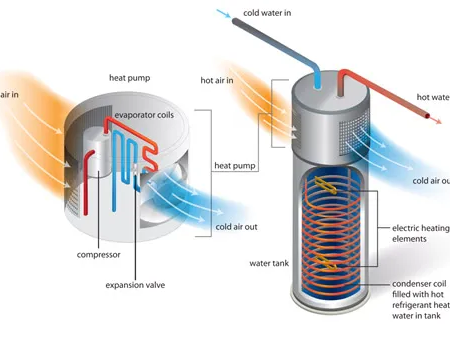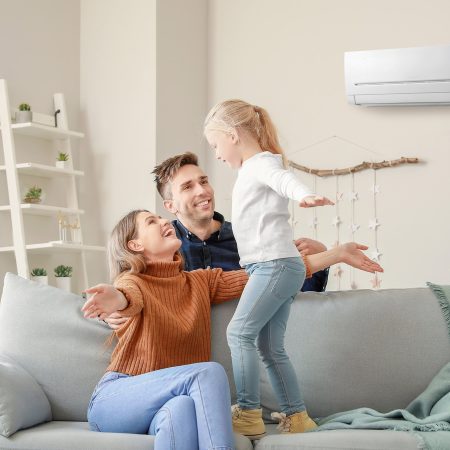Ducted Gas Heating vs. Reverse Cycle Air Conditioning: A Comparative Guide for Australian Homes
Choosing the right heating and cooling system for your home can significantly impact energy consumption, comfort, and costs. In Australia, two popular options are ducted gas heating and reverse cycle air conditioning. This article compares these systems in terms of energy efficiency, environmental impact, and long-term cost savings to help homeowners make an informed decision.

Understanding Ducted Gas Heating and Reverse Cycle Air Conditioning
Ducted Gas Heating works by using natural gas to heat air, which is then distributed throughout the home via a network of ducts. It is reliable for heating but requires a separate cooling system for summer.
Reverse Cycle Air Conditioning is an all-in-one system that provides both heating and cooling using electricity. It extracts heat from the outside air to warm the home in winter and reverses the process to cool the home in summer.
Energy Efficiency Comparison
Energy efficiency is a key factor when choosing a system. Higher efficiency means lower energy consumption and reduced utility bills.

Did You Know? Reverse cycle systems can deliver up to four times the amount of energy they consume, meaning for every 1 kW of electricity, you get approximately 4 kW of heating or cooling.
Cost Analysis
Initial costs and long-term savings are essential when evaluating heating and cooling options.
- Initial Installation: Ducted gas heating systems may have lower initial installation costs compared to reverse cycle units, but they require an additional cooling system for summer, adding to the total expense.
- Running Costs: The cost of running ducted gas heating is significantly higher due to fluctuating gas prices and lower energy efficiency. Reverse cycle systems, on the other hand, are more economical over time due to their efficiency.
Environmental Impact
When considering sustainability, reverse cycle air conditioning has a clear advantage. Gas heating relies on burning fossil fuels, contributing to higher greenhouse gas emissions. In contrast, reverse cycle systems use electricity, which can be sourced from renewable energy, significantly reducing the carbon footprint.
Running Costs in an Average Victorian Home
Understanding your energy costs is crucial to reducing household expenses. Here’s an infographic showing the typical running costs for various appliances and systems in a Victorian home.

Source: Sustainability Victoria
Annual Energy Costs of Central Heating (2024)
Central heating can account for a significant portion of your annual energy bill. Below is an infographic detailing the annual energy costs associated with central heating in 2024. This data can help you assess your heating needs and make more informed decisions about energy-efficient systems.

Source: Sustainability Victoria
Recommendations for Australian Homeowners
- Climate: For milder climates, reverse cycle systems provide efficient year-round comfort.
- Energy Goals: If reducing your carbon footprint and saving on long-term costs are priorities, reverse cycle air conditioning is the better option.
- Budget: Although the initial investment may be higher, government rebates and incentives under programs like the Victorian Energy Upgrades (VEU) can offset these costs.
Conclusion
While ducted gas heating may seem like the traditional choice, reverse cycle air conditioning offers greater energy efficiency, lower running costs, and a reduced environmental impact. As Australia moves toward a more sustainable future, upgrading to a reverse cycle system is a smart investment.
Contact US today to learn more about how you can benefit from upgrading to a reverse cycle air conditioning system and take advantage of available rebates and incentives.




